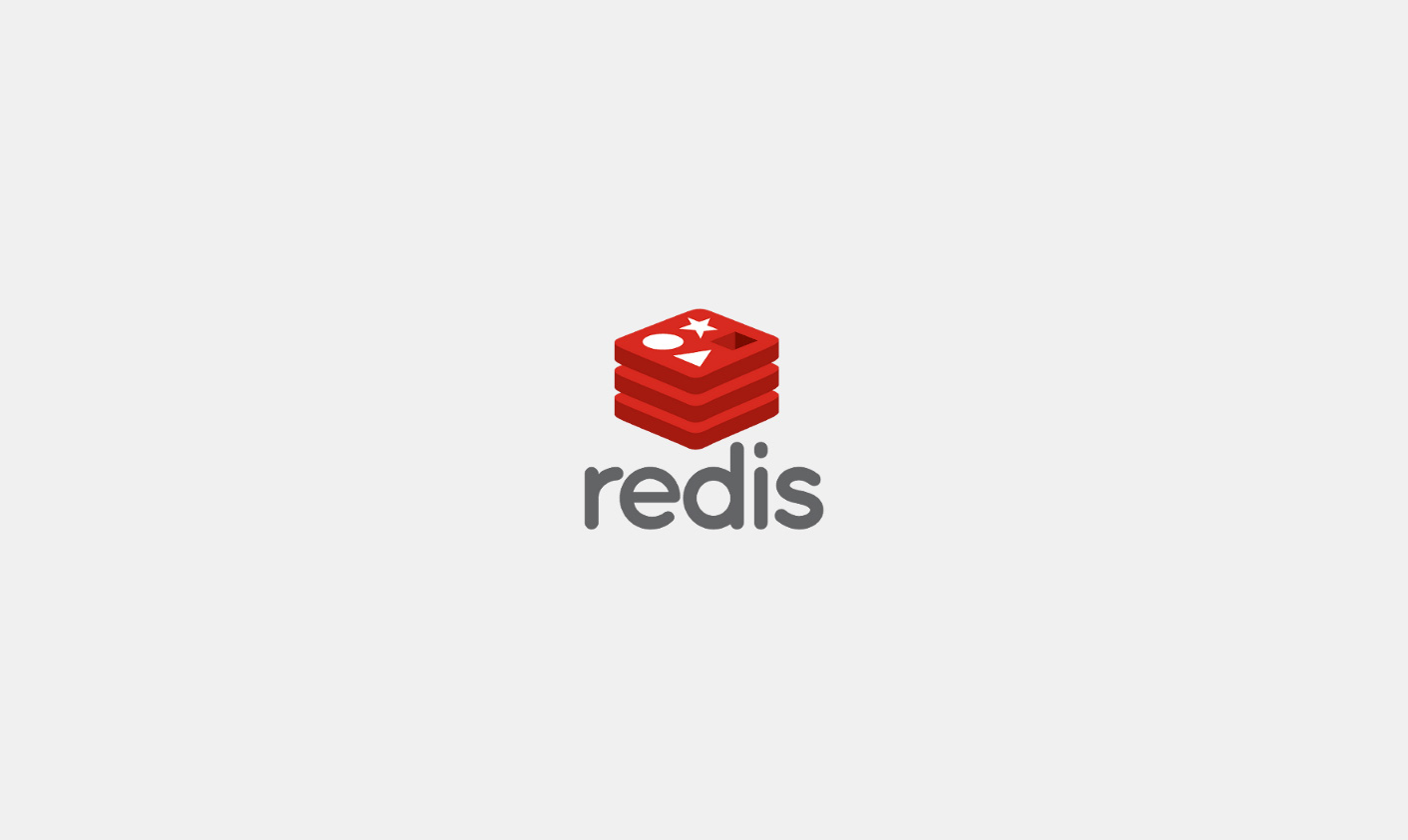
If you're someone like me who's obsessed with Web Performance, you must have either heard of Redis or even used it to make your website faster.
Today, we are going to learn in-depth about Redis Cache, how it works, and its applications. Lastly, we will discuss how you can use Redis Object Cache to make your website faster.
What is Redis Cache?
Redis stands for Remote Dictionary Server. It is an open-source, in-memory data structure store that is used as a database, cache, and message broker. It supports a wide range of data structures such as strings, hashes, lists, sets, sorted sets with range queries, bitmaps, hyperloglog, and geospatial indexes with radius queries.
Redis Cache is renowned for its high performance, flexibility, and rich set of features.
Initially brought to life by Salvatore Sanfilippo for his Italian startup's scalability, Redis has now gained recognition as one of the top open-source engines and has been declared the "Most Loved" database by Stack Overflow for five years in a row.
Redis provides sub-millisecond response times, catering to millions of requests per second for real-time applications across numerous sectors, including gaming, ad-tech, financial services, healthcare, and IoT.
How does Redis Cache Work?
Redis functions entirely in-memory, storing its dataset in the server's primary memory. The in-memory aspect of Redis facilitates low latency and high throughput data access. Differing from conventional databases, in-memory data stores do not necessitate disk access, thus decreasing engine latency to microseconds.
Consequently, Redis can support a higher volume of operations and deliver faster response times, with average read and write operations taking under a millisecond and providing support for millions of operations per second.
Redis, a key-value store also known as a NoSQL database, supports various data structures like strings, lists, sets, sorted sets, hashes, bitmaps, HyperLogLog, streams, geospatial, and JSON. This versatility lets developers select the most suitable data structures for their application requirements, which leads to more effective and high-performing applications.
Why you should use it
Performance
Since all of Redis's data is stored in the memory, it offers low latency and high throughput data access. This in-memory data storage can accommodate a higher volume of operations and quicker response times, resulting in exceptionally fast performance.
Flexible Data Structures
Unlike other key-value data stores with limited data structures, Redis provides a very broad array of data structures to cater to your application requirements. The data types supported by Redis include strings, lists, sets, sorted sets, hashes, bitmaps, HyperLogLog, streams, geospatial, and JSON.
User-friendly
Redis allows you to pen typically complex code with fewer and simpler lines. With Redis, less code is required to store, access, and use data in your applications. Redis offers native data structures and a plethora of options to manipulate and interact with your data.
Replication and Durability
Redis offers data replication and persistence. It can duplicate data to any number of replicas. Redis also supports asynchronous persistence to disk, combining the speed of high performance with the durability of disk storage.
High Availability and Scalability
Redis supports a primary-replica architecture in a single node primary or clustered topology, enabling the development of highly available solutions that deliver consistent performance and reliability. When cluster size adjustment is needed, multiple options to scale up, in, or out are available, allowing your cluster to evolve with your needs.
Open Source
Redis is an open-source project backed by a robust community, including AWS. There are no vendor or technology restrictions as Redis adheres to open standards, supports open data formats, and provides a rich set of clients.
Utilizing Redis Cache on WordPress
To use Redis for object caching on WordPress sites, first you need to install and configu Redis, and then install a PHP extension, followed by the Redis Object Cache plugin. Many managed WordPress hosting solutions already provide Redis object caching, so you can verify with your host if it's available. Cloudways is one such host and you can use their guide for the same.
For static WordPress sites that only require loading stylesheets and images, using object caching won't result in noticeable differences.
However, dynamic sites that load a large amount of data from database, such as user details, taxonomies, links, and other similar data, can significantly benefit from object caching. This method reduces database queries, thereby speeding up page load times and reducing server strain, leading to a more reliable site overall.
Redis in Action: Popular Use Cases
Redis is a versatile tool with numerous use cases. Alongside caching, it can be used to various other things such as:
Caching
Redis is ideal for implementing a highly available in-memory cache to reduce data access latency, increase throughput, and ease the load on your relational or NoSQL database and application. Examples of caching with Redis include database query results, persistent session caching, web page caching, and caching of frequently used objects like images, files, and metadata.
Chat, Messaging, and Queues
Redis supports Pub/Sub with pattern matching and various data structures such as lists, sorted sets, and hashes, enabling high-performance chat rooms, real-time comment streams, social media feeds, and server intercommunication.
Gaming Leaderboards
For game developers aiming to create real-time leaderboards, Redis is a popular choice. The Redis Sorted Set data structure ensures element uniqueness while keeping the list sorted by users' scores.
Session Store
Redis is often chosen as an in-memory data store with high availability and persistence to store and manage session data for large-scale internet applications.
Rich Media Streaming
To power live streaming use cases, Redis offers a fast in-memory data store. It can store metadata about users' profiles and viewing histories, authentication information/tokens for millions of users, and manifest files enabling CDNs to stream videos to millions of mobile and desktop users simultaneously.
Geospatial
Redis provides purpose-built in-memory data structures and operators to manage real-time geospatial data efficiently and quickly. Commands such as GEOADD, GEODIST, GEORADIUS, and GEORADIUSBYMEMBER make geospatial processing easy and fast with Redis.
Machine Learning
For data-driven applications, machine learning is essential to process large volumes of data quickly and automate decision making. Redis provides a fast in-memory data store to build, train, and deploy machine learning models swiftly.
Real-time Analytics
Redis can be used with streaming solutions like Apache Kafka and Amazon Kinesis as an in-memory data store to ingest, process, and analyze real-time data with sub-millisecond latency, making it ideal for real-time analytics applications such as social media analytics, ad targeting, personalization, and IoT.
Wrapping Up
Redis is a powerful, open-source, in-memory data structure store that can enhance your applications with its high-speed and high-throughput capabilities. Whether you're developing a gaming leaderboard, a real-time analytics platform, or aiming to accelerate your WordPress site, Redis is a valuable tool to consider. With its comprehensive set of features and broad range of use cases, Redis can assist you in developing faster and more responsive applications.
You can also checkout out comparison of Redis with Memcached.
